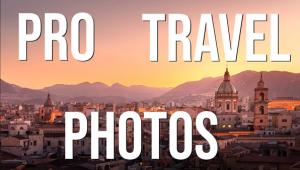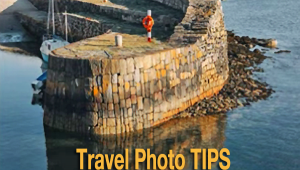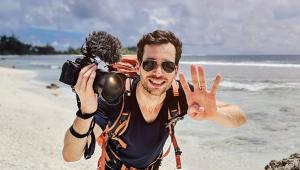Seeing the other side of the world through photography is a breath of fresh air for me. - YOR Health
Motion Pictures: My Antistatic Movement
Travel is, by definition, motion, and among the photos I always look for on my travels are the ones that capture people in motion. For me motion falls into two categories: one I call sports movement, the other fashion movement. Sports movement is the bobsledder on his run down the track that results in a photo that’s a rush of color and a blur of background; fashion movement is motion that’s almost stopped—“almost” because the person’s activity is implied in the captured movement, and that’s what I do most of the time.
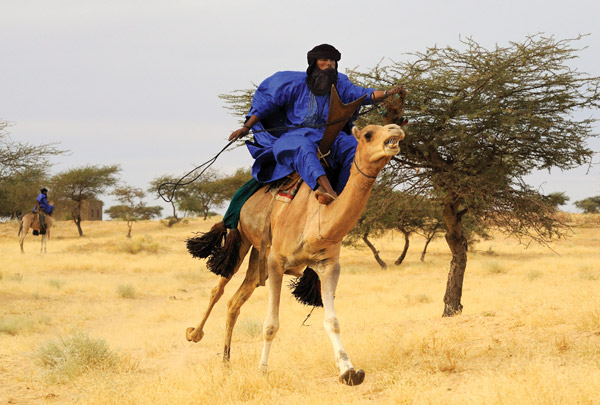
All Photos © Maynard Switzer
Without implied movement I’d have very static photos—basically, people standing still—when what I really want from travel photography is people doing what they normally do in the places I’m visiting. It’s much more exciting when your mind perceives the action, and it’s a lot more realistic to the place and the people. What I can capture when I depict movement and gesture is more than mere activity; it’s culture, tradition, a way of life.
I’ve found that it’s relatively easy to capture movement simply because when I do it I’m not interfering with people; I’m not stopping them from doing what they normally do. I don’t want to get in the way or make them change or alter their activity. Once they realize that I’m just photographing without getting in the way or attempting to direct them, they relax, and I get real pictures. Sometimes my guide or translator will tell people to just keep doing what they’re doing, that I don’t want them to stop or pay attention to me, but most of the time it comes down to my attitude and demeanor. I’m courteous and considerate and go about my business of taking pictures while my subjects are going about theirs.

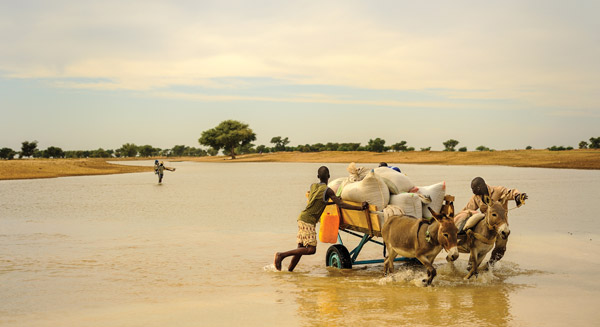
I get a lot of my best pictures in the simplest way: just by letting people walk toward me or away from me and keeping pace with them, following or going ahead and shooting as they walk. The skill I learned in my days of fashion photography—being able to shoot while walking backward—always pays off. But even though I’m pretty experienced at walking backward, it can be difficult and even dangerous, so I like my guide to walk behind me and put his hand on my back so I have something solid to push against. It adds a lot of stability to my walk-and-shoot, and it’s nice to know I won’t be stepping into a hole or off a cliff.
To tell a story in one shot, a story that involves people doing something that’s part of their daily lives, I most often use a wide-angle lens. It lets me get close to my subjects for good rapport while it gives me more background than a telephoto would, allowing me to capture more information, more storytelling elements, like their villages, homes, clothing, or animals. With a wide angle, if my focus is off slightly, depth of field will cover me, and with today’s modern cameras, I can push the ISO and get plenty of light and speed. It’s no problem to stop the lens down if I want the background a little sharper and still maintain a high shutter speed.
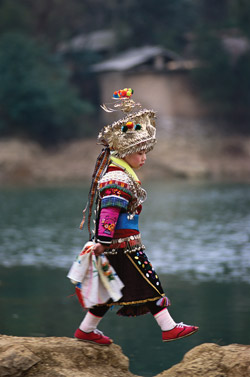
I often use my 35mm lens for these motion photos, sometimes a 60mm or an 85mm, and once in a while a zoom. I’ll use the 85mm lens when I want to isolate the person from the background. It’s easy to walk and shoot with that lens, but I have to concentrate more on my focus as the depth of field will be a little shallower.
I rely on continuous autofocus for almost all my motion shots, and fire a 2- or 3-frame-per-second burst. I’ll switch to manual focus with a moving subject when the AF hunts for focus because of a confusing fabric pattern or no clear, straight lines or a lack of contrast. A big help here can be keeping the same pace as my subject and shifting the AF sensor array from the problem area to the person’s head or face.
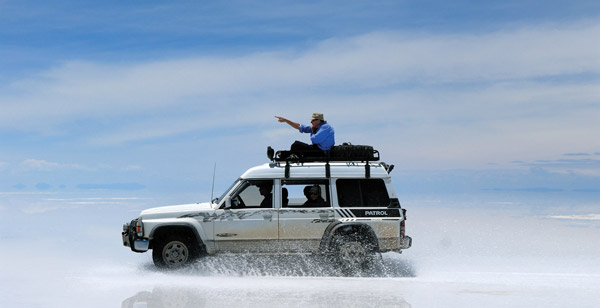
As people move, they can be walking through changing light or going from light to shadow and back again, so I usually use pattern metering for these complicated conditions. But I find that in most normal conditions, center-weighted metering is best because it concentrates the metering right on the subject with less influence from the light around the person.
Sometimes I’m not concentrating on the motion of the person at the moment but rather on the area that person is moving toward. I have to consider the timing of their walk or their activity, their motion into the right light or the right setting. If I think something is going to happen in an area, I’ll pre-focus on the spot and wait for the person to step into the frame.
Panning with my subject can capture movement, too. I’ll get the subjects sharp because I’m moving with them, and a slow shutter speed will blur the background to give the picture a feeling of motion.

The easiest way to get used to doing this kind of shooting is to practice at home before you begin your travels. Cars, pets, family, friends, and neighbors are all subjects you can work with to get a feeling for the movements, shutter speeds, and AF methods you’ll be using later on.
Maynard Switzer’s website, www.maynardswitzer.com, features several portfolios of his travel images.
- Log in or register to post comments


